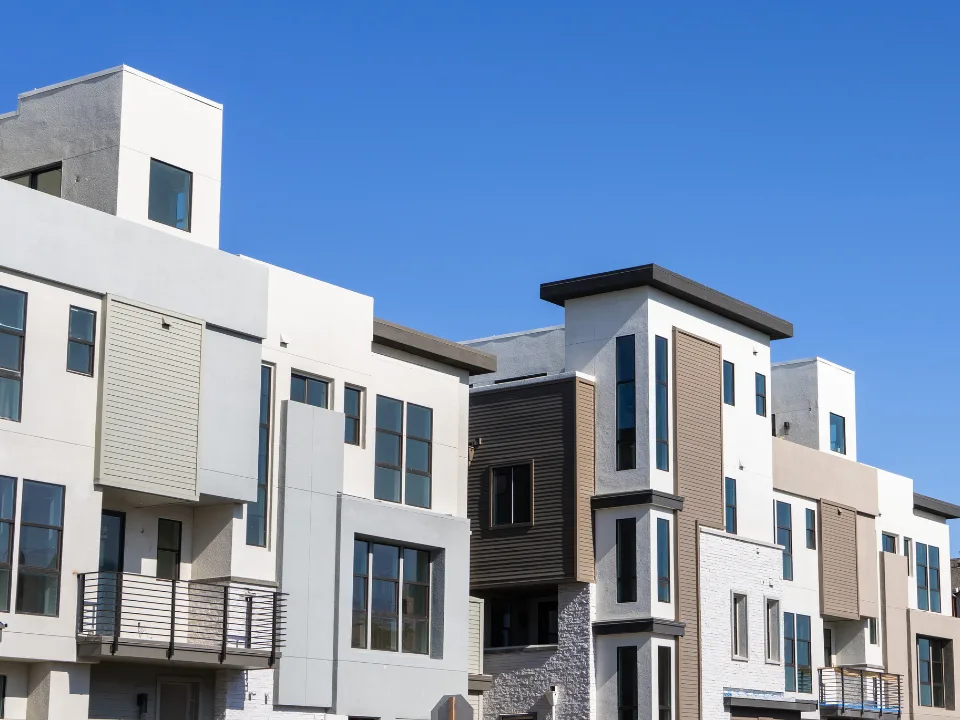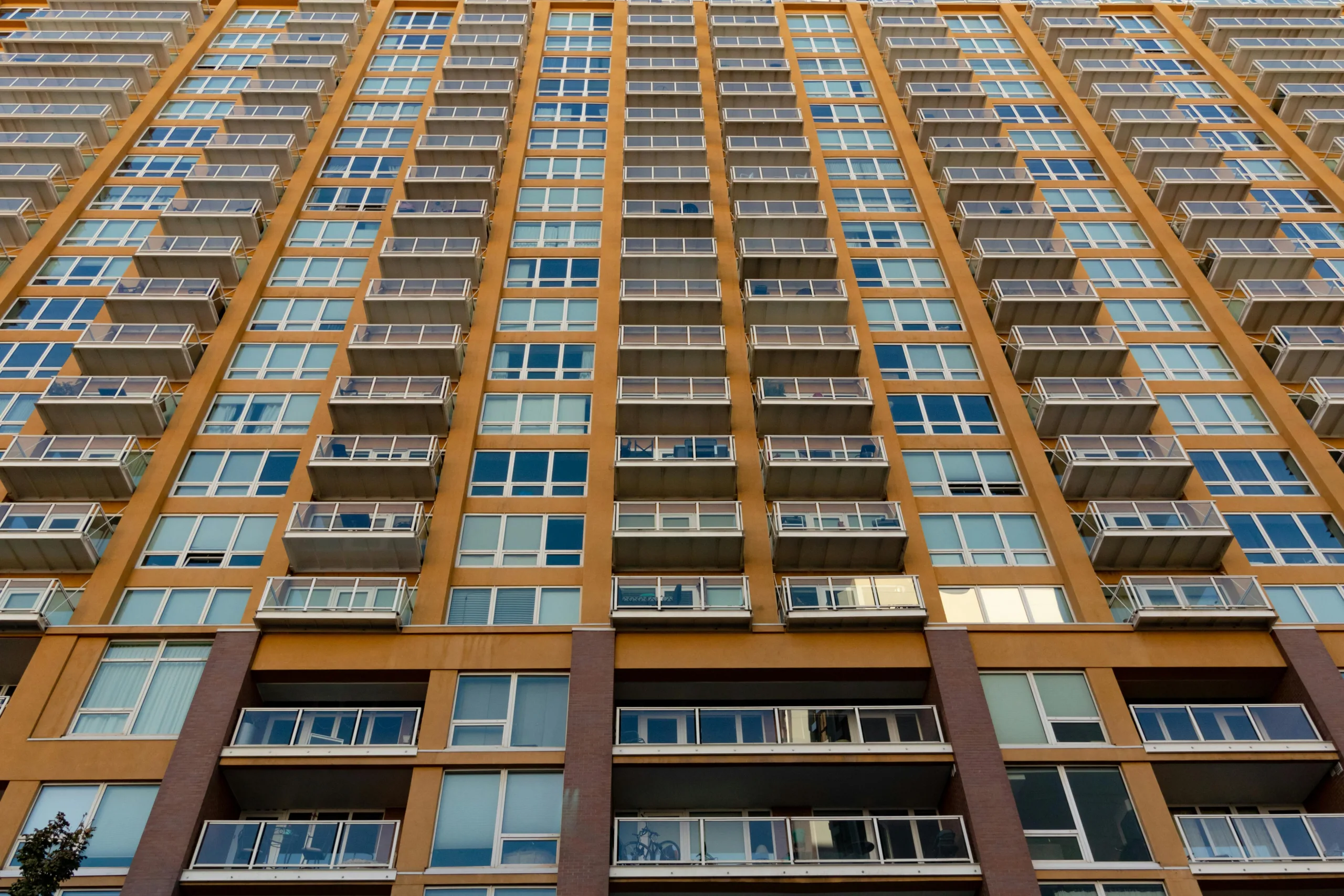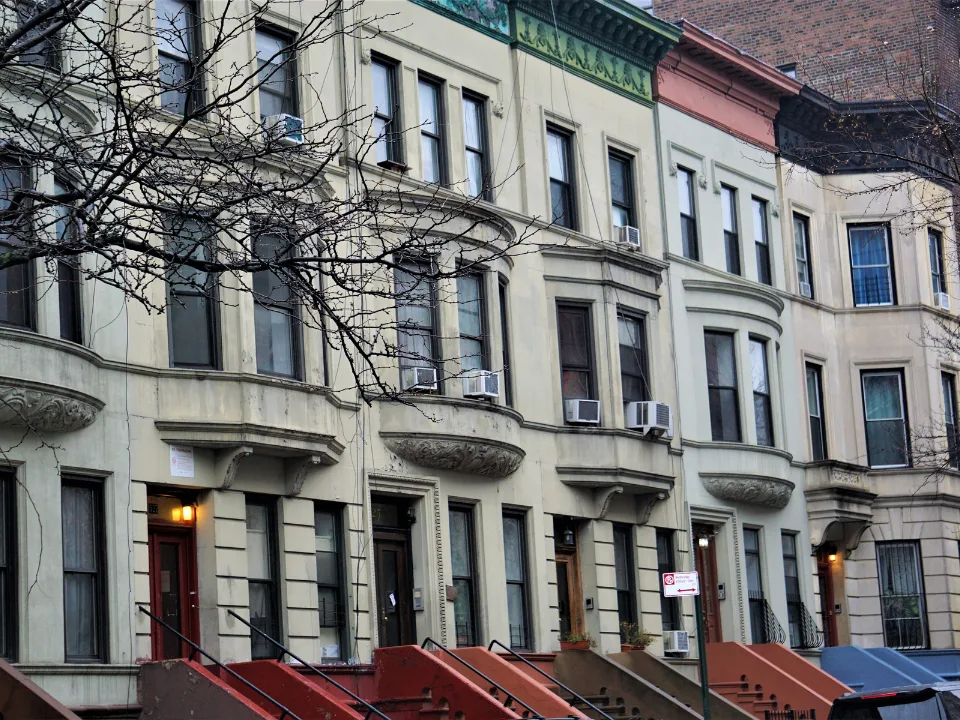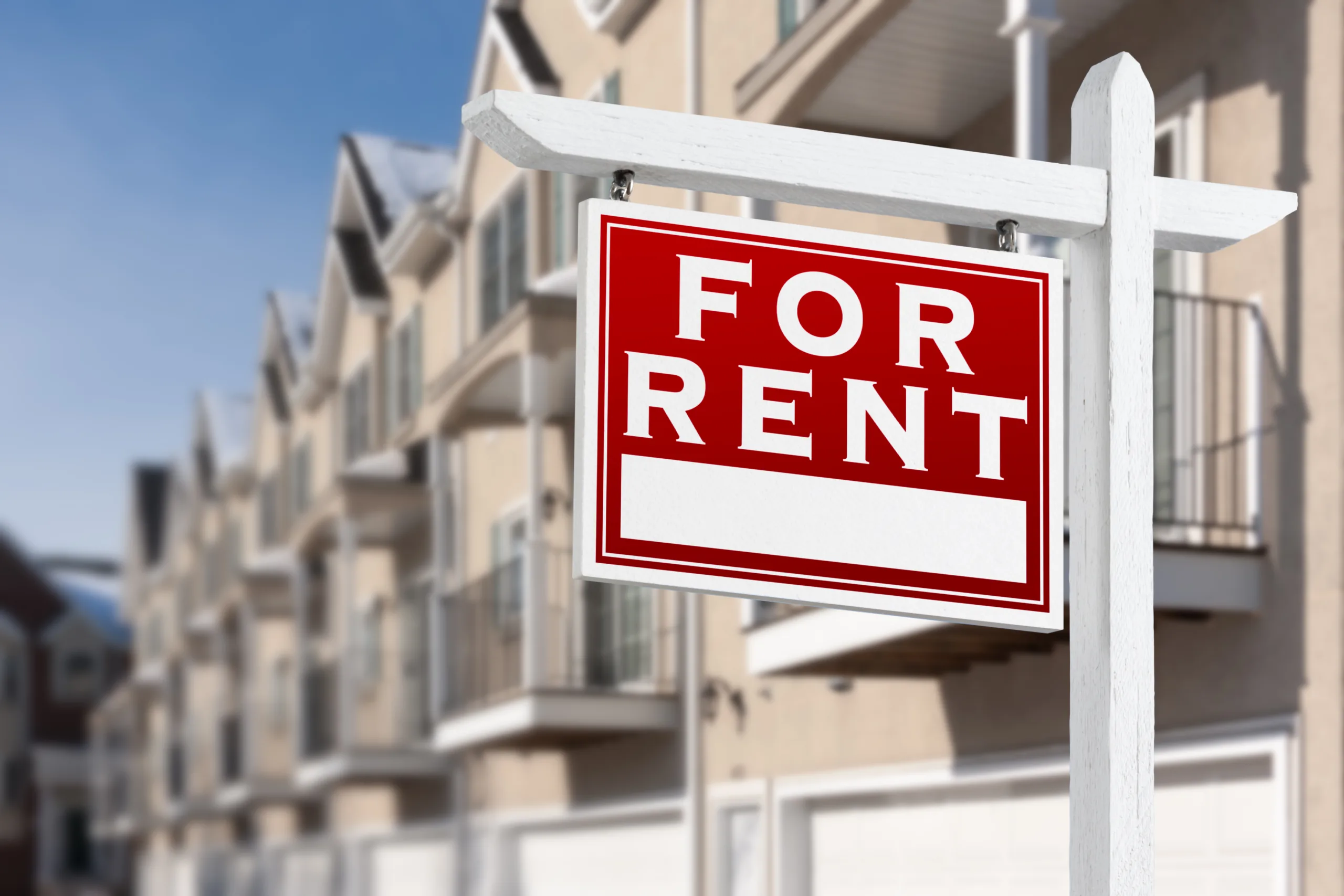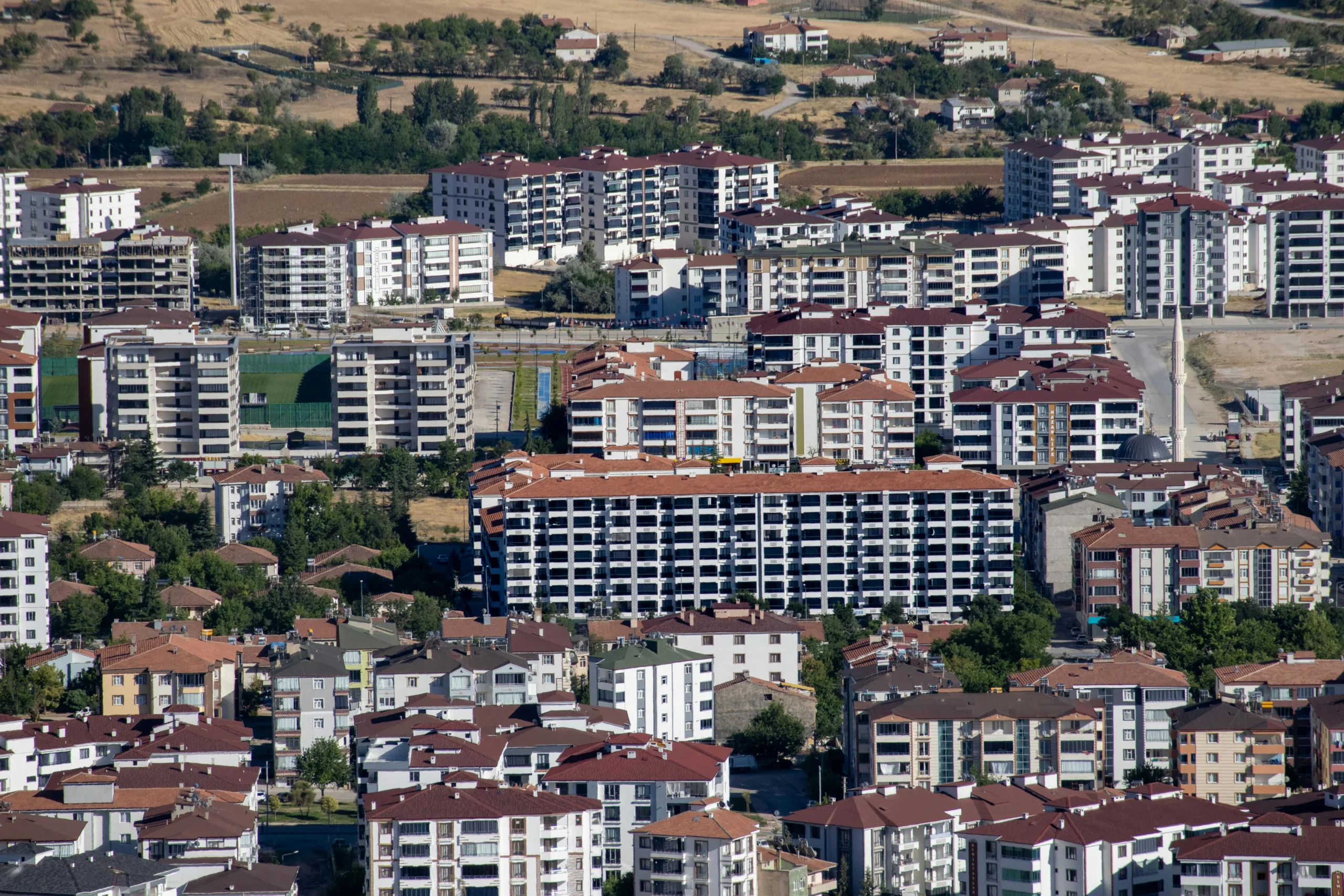- Multifamily vacancy fell to 5%, the lowest in two years, as 147K units were absorbed in Q1 2025.
- Renter retention rose to 55.3%, driven by high moving costs and economic uncertainty, with Class C leading at nearly 59%.
- Construction and permitting slowed, signaling tighter future supply amid rising insurance costs and labor challenges.
- Cap rates hit 6% as average pricing stabilized at $200K per unit, while sub-$5M deals dominated investor activity.
Despite economic headwinds and waning investor sentiment, the US multifamily sector posted one of its strongest quarters in recent years, per GlobeSt. According to Marcus & Millichap’s Q2 multifamily national report, apartment fundamentals tightened in early 2025, with national vacancy rates falling to 5%—a 90-basis-point year-over-year decline and the lowest point since 2023.
Absorption Strengthens Fundamentals
Renters absorbed nearly 147K net units in the first quarter, following a record leasing year. The demand surge came even as concerns over tariffs and shifting policy weighed on the broader economy, including household formation and employment growth.
Vacancy Declines Across All Segments
Multifamily vacancy declined in nearly all major metros and across Class A, B, and C assets. Class C properties saw the highest retention, with 58.7% of renters renewing. Overall apartment retention rose to 55.3%, up 160 basis points year-over-year, as rising relocation costs and economic uncertainty kept renters in place—further tightening multifamily vacancy.
Get Smarter about what matters in CRE
Stay ahead of trends in commercial real estate with CRE Daily – the free newsletter delivering everything you need to start your day in just 5-minutes
Construction Pipeline Slows
Developers delivered 116K new units in Q1—above the historical average—but it marked the slowest quarter for completions since mid-2023. Meanwhile, permitting activity fell to 54K units, marking the lowest quarterly figure since 2015. The slowdown is attributed to rising insurance costs, new tariffs on materials, and immigration-related labor challenges.
Market Implications
Tightened supply may place upward pressure on rents and reduce concessions, particularly if new development remains constrained. “Should permit activity become further restricted, additional emphasis will be placed on existing apartments,” the report noted.
Investment Trends
Transaction volume slowed slightly from Q4 2024, but private capital remained active. Deals under $5M made up 75% of trades in Q1. Cap rates edged up to 6%, the highest since 2013, while average per-unit pricing held steady around $200K.
Looking Ahead
Economic uncertainty may pressure leasing and investment, but rising retention, wage growth, and delayed homeownership are helping drive multifamily stability in 2025.




